The Late Iron Age of South Africa: Introduction
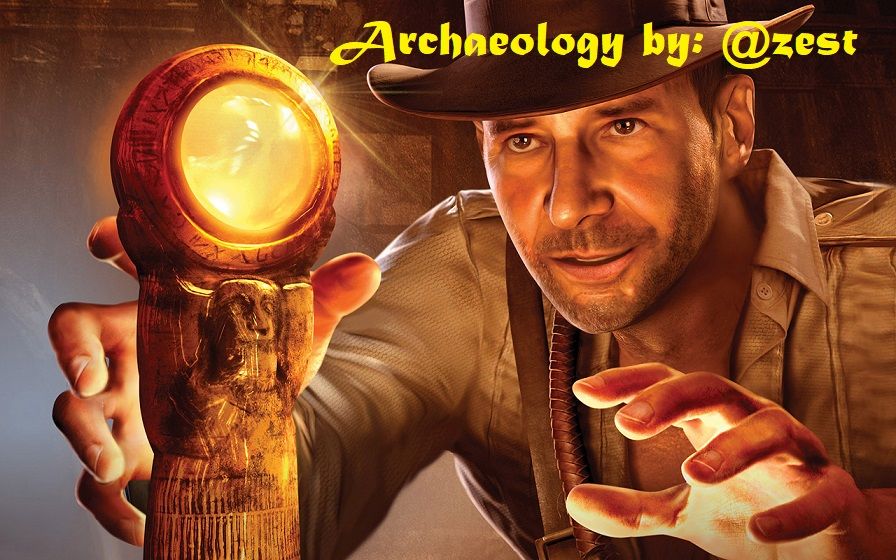
The Late Iron Age of South Africa: Introduction
Introduction
In most reconstructions of the later prehistory of South Africa, a break is distinguished - at about AD 1000 - between the Early and Late Iron Age. According to Inskeep (1978), a different type of pottery, the extensive use of stone for building purposes, and the increasing importance of cattle (indicated by the abundance of cattle remains in Late Iron Age deposits) are among those features which distinguish the Late Iron Age from the Early Iron Age. It is also possible to link particular Late Iron Age sites with the ancestors of Bantu speaking groups currently found in South Africa. Initially, it was proposed that the break could be attributed to the arrival of newcomers who replaced the existing Early Iron Age population. Although, in some areas, there is still evidence of migrations at the beginning of the Late Iron Age, it is now agreed that the situation was complex and there was a great deal of continuity between the Early and the Late Iron Age.
Shona origins: K2 aka Bambandyanalo
K2, also known as Bambandyanalo, is located on the farm Greefswald, approximately 80km west of Messina in the Limpopo Province. K2 is situated in a valley about one kilometer south-west of Mapungubwe Hill. At about AD 1030 a group of people referred to as the K2 people, settled on K2, where they constructed wattle-and-daub (pole-and-dagha) huts that were arranged around a central cattle enclosure. Recently calibrated radiocarbon dates suggest that the site was abandoned at about AD 1220, after which the occupants moved to Mapungubwe.
The K2 agriculturists kept cattle, sheep and goats and also cultivated millet (Pennisetum typhoides), sorghum and a type of bean. Most of the slaughtered animals were adult cattle, sheep and goats. Wild animals were hunted and wild fruits collected to supplement their diet. Dogs were also kept. With the exception of a fragment of warthog ivory, all ivory excavated at K2 has been identified as elephant ivory. The occurrence of fragments of a tusk in the deposit suggests that ivory was brought to the site as a raw material and worked locally (eg to make bracelets [armbands]). The K2 people were probably engaged in ivory trade with the East Coast. Further evidence of contact with the Indian Ocean trade network comes from the glass beads and cowrie shells found in the deposits. Shells of the land snail, Achatina Immaculata, were also used for making beads. Few iron objects were retrieved.
The K2 ceramic series is associated with coarser pots that are often unburnished. Typical pot forms include pots with a roughly spherical body and a short neck that gradually merges into the body, deep subspherical bowls, breaker-bowls and beakers, some decorated with triangles. A considerable number of clay figurines of women and animals were also found. The K2 ceramic style is considered to be representative of an early and southern variant of Leopards' Kopje Complex found in Zimbabwe, as well as the final phase of western stream Kalundu Tradition.
Gardner, who carried out excavations at K2, uncovered more than 70 skeletons that date from the 11th century AD. Galloway, who examined the skulls, described them as Bush-Boskop rather than Negroid. However, re-examination by Phillip Rightmire at a later stage proved that the physical type could be classified as "Bantu-Negro". The classification of the human skeletal remains from K2 (and Mapungubwe) as Negroid has been confirmed by subsequent physical-anthropological research carried out by Hertha de Villiers and Maryna Steyn.
According to Huffman an important social transformation occurred at K2. Excavations revealed that a midden (ie a mound) next to a central cattle enclosure on the site became so large that it engulfed the byre. The cattle were then apparently moved away from the main residential complex, and by the time K2 was abandoned in AD 1220 the original byre had been covered with about six meters of midden deposit. In patrilineal Bantu-speaking societies, such a midden is usually formed by the refuse from the men's assembly area or court, which is located next to the cattle enclosure. Since the size of the midden can be linked to the number of court cases and other political issues which took place in the assembly area, the large midden at K2 evidently reflects the increasing wealth and importance of the ruling elite. The removal of the cattle enclosure from the center of the town represents a significant change from the "central cattle pattern" so characteristic of earlier Iron Age communities.
Images are linked to their sources in their description and references are stated below.
Authors and Text Titles
Eloff & Meyer: 1981 - The Greefswald sites: Guide to archaeological sites in the Northern and Eastern Transvaal
Meyer: 1998 - The archaeological sites of Greefswald
Inskeep: 1978 - The peopling of southern Africa
Vogel: 1998 - Radiocarbon dating of Iron Age sites on Greefswald
Huffman: 1982 - Archaeology and ethnography of the African Iron Age
Thank you for reading
Thank you @foundation for this amazing SteemSTEM gif

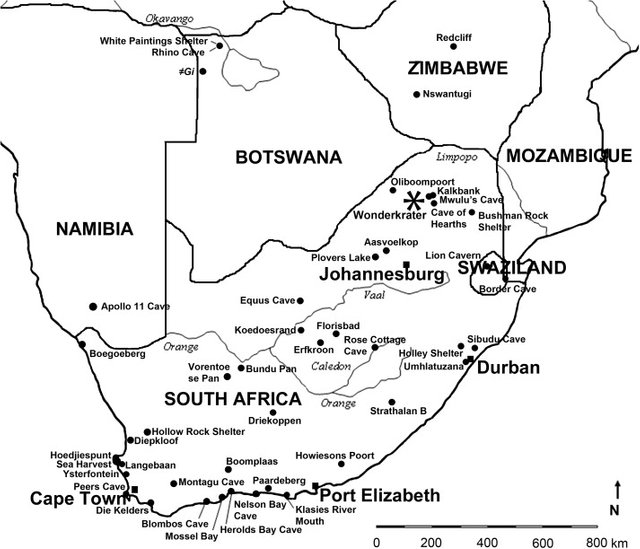

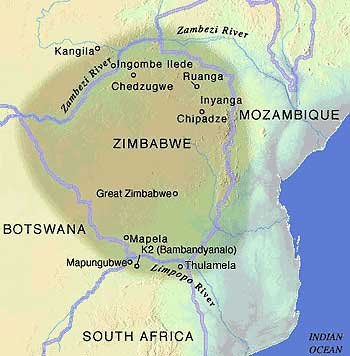
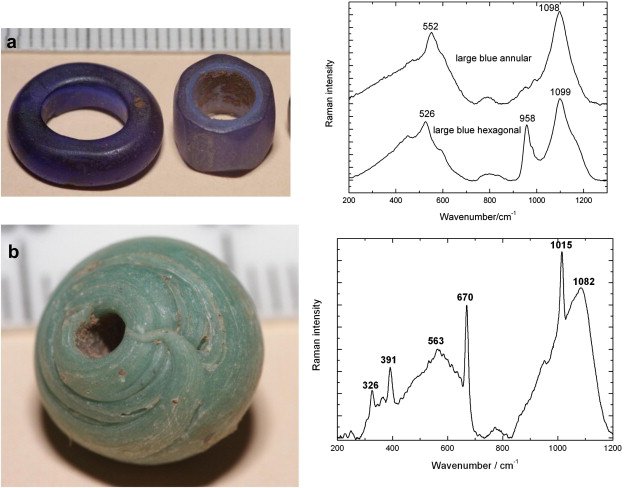
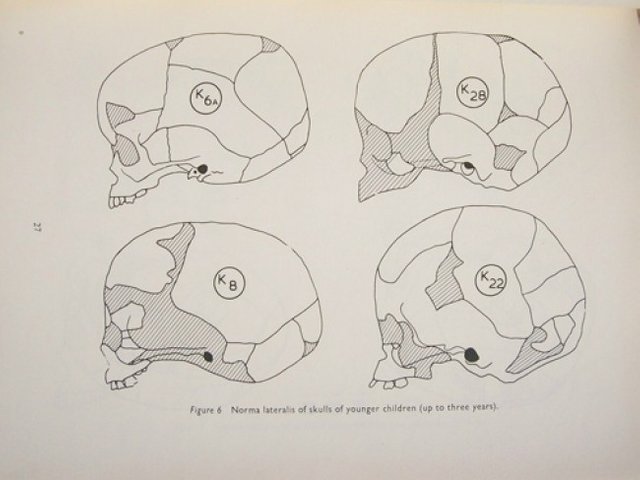
very interesting indeed! Thank you for sharing history stuff, I love it . I know little about that part of the world!
Hi @skycae:)
Thank you sincerely for the comment,
My pleasure:)
Clearly, S.A has a rich historical background. I've seen so many expositions on this. Same as Naija. All thanks to archaeology
You are right @samminator:)
Africa as a continent is so rich with artefacts, prehistory, and history.
Thank you for the comment and support my buddy:)
Thank
haha The First Pic Of indiana jones ^^
Great Post thank you for sharing :) following you (y)
Cool Gif!!!!
You know what happens next:)
Thank you:)
hhh like always The place will destroy and will not get any treasure ^^
LOL
The best country in the African continent South Africa
I love my country:)
Thank you for the comment:)
Thank you @steemiteducation:)
thats mean k2 has 11 century history and much older too. Great to see that I do not know about that before. Nice work with maps.
I am glad that I was able to provide you with some information.
Thank you for the comment:)